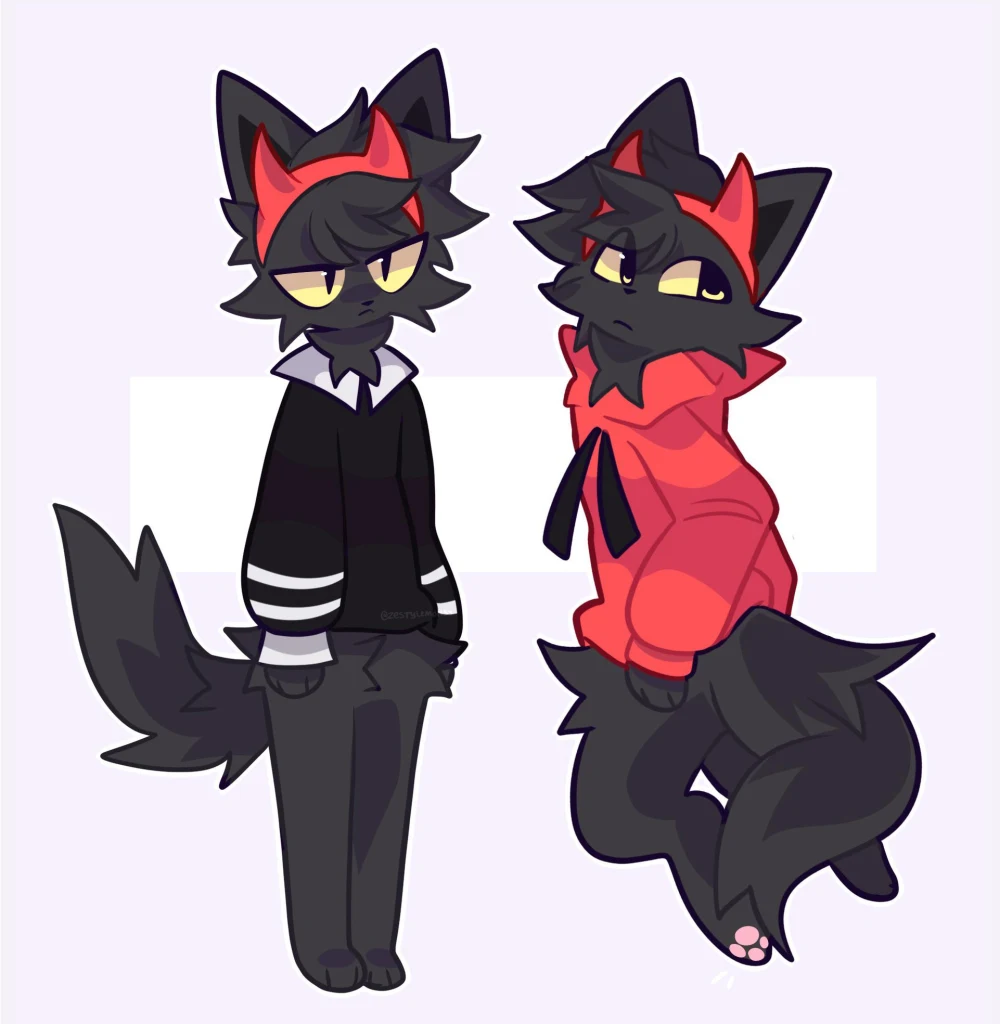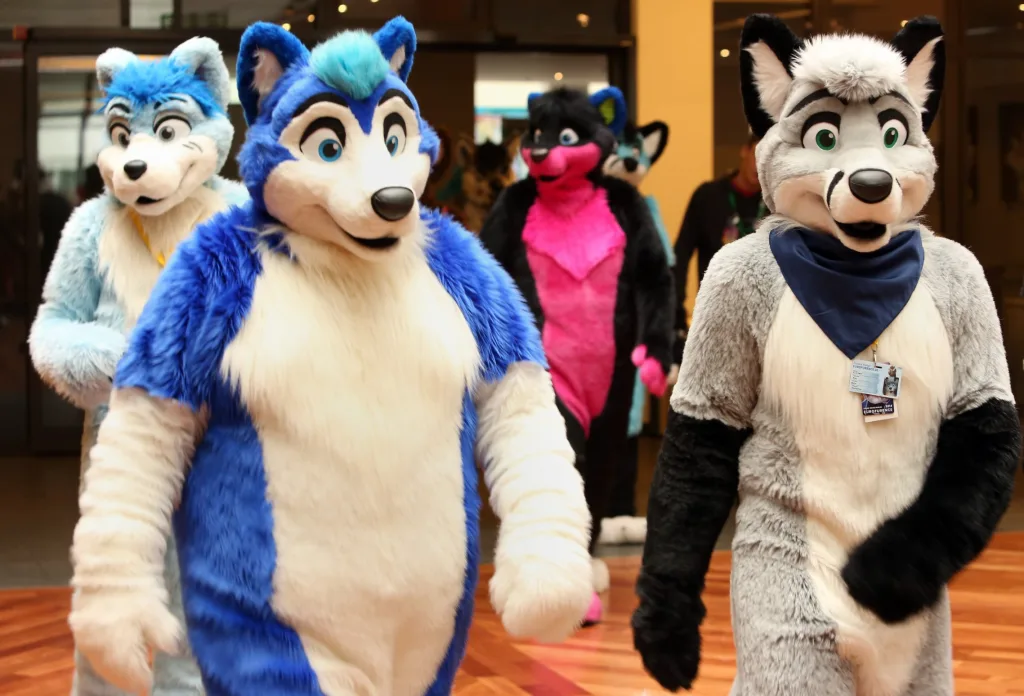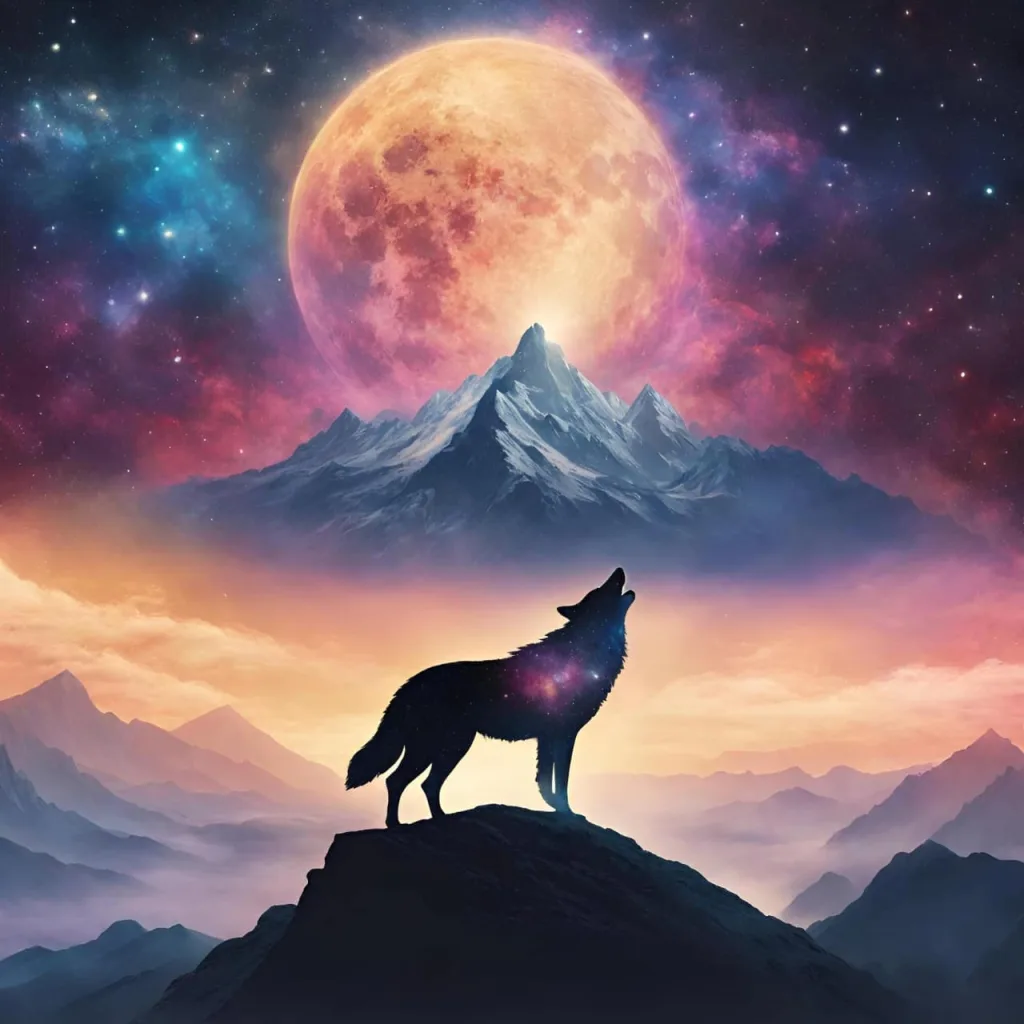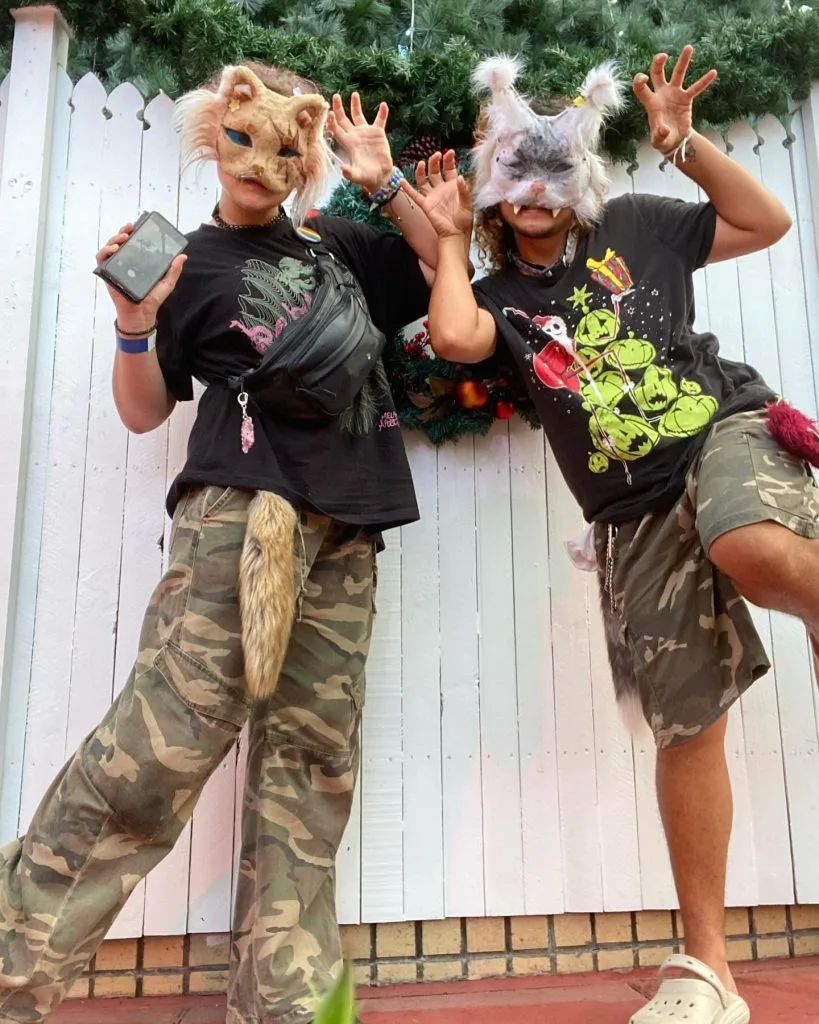In a world where personal identity often aligns with societal norms, there exists a fascinating subculture that challenges the boundaries of what it means to be human. The furry fandom, along with therian and otherkin communities, represents a spectrum of anthropomorphic identities that intertwine imagination, spirituality, and self-discovery. This article delves into these communities, exploring their definitions, differences, and shared experiences.

Who Are the Furries?
At its core, the furry fandom is a community united by a shared love for anthropomorphic art, literature, and costuming. Furries often create “fursonas,” personalized animal characters that embody aspects of their identity or aspirations. While some may dismiss this as mere fandom, for many, it offers a profound avenue for self-expression.

Contrary to popular misconceptions, being a furry doesn’t necessarily involve believing one is an animal or dressing up in elaborate fursuits. Rather, it’s about appreciating anthropomorphic content and participating in a creative and accepting community.
Therians: The Connection to Non-Human Animals
Therians, on the other hand, take this connection a step further. These individuals believe they are not entirely human but instead identify intrinsically with a specific non-human animal species, either extinct or existing today. This identity often stems from a deep psychological or spiritual resonance with their chosen species.

Therians might experience phenomena such as “phantom limbs,” where they sense non-existent tails, paws, or wings. These sensations are not mere whims but reflect a profound connection to their therianthropic identity.
Otherkin: Beyond the Realm of the Real
While therians identify with real animals, otherkin extend this identification to mythical or fantastical beings like elves, dragons, or unicorns. This connection often has a spiritual dimension, with many otherkin viewing their identities as intrinsic aspects of their soul or past lives.
Despite their fantastical nature, otherkin share similarities with therians in their experiences of self-discovery and the challenges of living in a predominantly human-centric world.
Overlap and Distinctions Between the Groups
At first glance, furries, therians, and otherkin may seem like one unified group due to their shared interest in non-human identities. However, subtle distinctions set them apart. Furries primarily engage with anthropomorphism as a creative outlet, often through art, costumes, and storytelling. In contrast, therians and otherkin view their identities as an intrinsic part of their existence, with deeper psychological or spiritual significance.
Despite these differences, there is considerable overlap. Many furries are also therians or otherkin, using the furry fandom as a welcoming platform to express their unique identities. This blending of communities highlights the unifying thread of acceptance and creativity that runs through all three groups.
The Role of Community and Support
One of the most remarkable aspects of these subcultures is the sense of belonging they provide. For individuals who often feel misunderstood or isolated due to their identities, the furry, therian, and otherkin communities offer a safe haven. Online forums, social media groups, and conventions like Anthrocon or FurFest create spaces for self-expression and connection.

These communities are not just about shared interests; they serve as support networks. Members can share their experiences, find validation, and navigate the complexities of their identities together. For many, this camaraderie is life-changing, offering a sense of acceptance they may struggle to find elsewhere.
The Challenges of Non-Human Identity
Living with a non-human identity in a human-centric world comes with its challenges. Misunderstanding and ridicule from outsiders are common, often fueled by sensationalist media portrayals. Furries, in particular, have faced stereotypes that reduce their community to caricatures, overshadowing the rich creativity and diversity within.
Therians and otherkin, meanwhile, grapple with the personal challenges of reconciling their identities with societal norms. The experience of “species dysphoria”—a sense of disconnect or discomfort with their human bodies—can be profoundly isolating. Navigating these emotions while facing external skepticism demands resilience and self-awareness.

School pupil with an ‘animal persona’ allowed to identify as wolf after suffering from ‘species dysphoria’
Source
The Creative Power of Fursonas and Identities
For many within these communities, creating and embodying a fursona or non-human identity is a deeply fulfilling act of self-expression. Fursonas can serve as extensions of their personalities, offering a way to explore traits they admire or aspire to. These characters allow individuals to tell stories, connect with others, and express themselves in ways that might not be possible otherwise.
Similarly, therians and otherkin often find strength in their identities. For some, their connection to a non-human species provides guidance and inspiration, shaping how they approach life’s challenges. Their experiences highlight the power of identity in fostering self-discovery and personal growth.
Spirituality and Transformation
Spirituality plays a significant role for many therians and otherkin. Identifying with a non-human species often stems from beliefs in reincarnation, past lives, or soul alignment. For these individuals, their identities are not merely hobbies but deeply intertwined with their sense of self and purpose.
Transformation is another recurring theme. Whether it’s through the creation of a fursona, a spiritual awakening, or moments of introspection, these communities emphasize the fluidity and diversity of identity. They remind us that understanding ourselves is an ongoing journey, one that often defies conventional boundaries.
Broader Implications for Identity and Belonging
The existence of the furry, therian, and otherkin communities challenges us to rethink the nature of identity. They demonstrate that identity is not fixed but a spectrum shaped by creativity, experience, and personal connection. These groups expand our understanding of what it means to belong, showing that shared values and acceptance can transcend even the most unconventional differences.
Their experiences also have broader cultural implications. As society becomes increasingly open to diverse expressions of identity, the furry, therian, and otherkin communities offer valuable insights into acceptance, empathy, and the richness of human imagination.
Breaking Down Stigma and Misconceptions
To fully appreciate these communities, it’s essential to address the stigma and misconceptions that often surround them. Education and open dialogue are key to breaking down stereotypes. By focusing on the creativity, camaraderie, and resilience of these groups, we can foster a deeper understanding of their contributions to culture and self-expression.

The rise of inclusive media representations and documentaries, as well as the growing popularity of furry conventions, has already begun to shift public perception. As these communities continue to grow and evolve, they offer a compelling example of the power of acceptance and the importance of challenging societal norms.
Conclusion: Embracing Identity Beyond the Human
The furry, therian, and otherkin communities remind us that identity is a deeply personal and multifaceted journey. Through their creativity, spirituality, and resilience, they challenge traditional notions of what it means to be human, offering a glimpse into the boundless possibilities of self-expression.
In embracing these identities, they not only find joy and belonging but also invite us all to consider the diversity and richness of our own identities. After all, if there’s one thing we can learn from furries, therians, and otherkin, it’s that being yourself—no matter how unconventional—is always worth celebrating.

